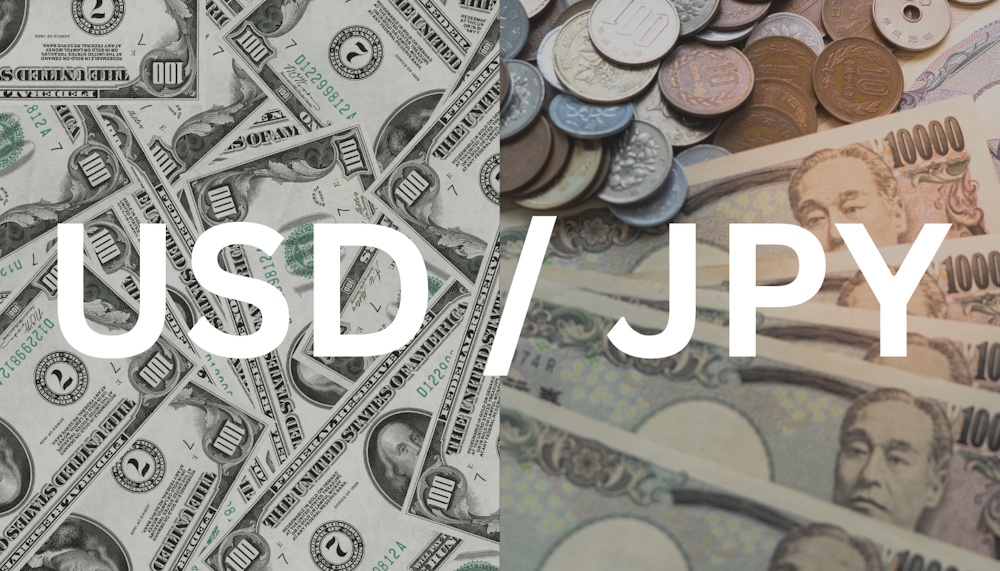The USD/JPY pair continued its upward trend for the fifth consecutive session, reaching 152.68, an increase of 0.47%. This movement comes as traders prepare for significant inflation data from Japan and the United States, while also considering reports of a forthcoming ¥14 trillion (≈$90 billion) fiscal stimulus from Japan. This action occurred in the context of a resurgence in Yen weakness, as expectations for fiscal expansion conflicted with the Bank of Japan’s gradual approach to monetary tightening, thereby reinforcing the growing yield differential between U.S. Treasuries and Japanese government bonds. The U.S. Dollar Index remained stable around 99.00, with 10-year U.S. yields staying above 4.22%, indicating a continued investor inclination towards the dollar in light of global policy differences.
Market sentiment regarding the Japanese Yen experienced a significant decline after the appointment of Prime Minister Sanae Takaichi, who is a fiscal dove closely associated with the reflationary policies of former PM Shinzo Abe. Her proposed ¥14 trillion stimulus program seeks to assist households facing challenges from inflation and stagnant wages, reminiscent of previous Abenomics-style initiatives that prioritized fiscal expansion rather than monetary restraint. However, the spending plan is poised to exacerbate Japan’s already strained public deficit—currently near 7% of GDP—and complicate the BoJ’s efforts to normalize interest rates. The news prompted significant selling pressure on the Yen, as speculative flows intensified with investors viewing the policy as inflationary, yet ultimately detrimental to the Yen due to extended monetary divergence.
The Bank of Japan is anticipated to hold its policy rate steady next week, preserving the range between 0.00% and 0.25%, despite inflation exceeding the target level. The Japanese swaps market currently reflects a mere 10% probability of a 25-basis-point increase to 0.75% during the meeting on October 30, with approximately 40% likelihood of this adjustment occurring by December. Full normalization is projected for Q1 2026, as markets foresee the initial definitive rate increase. This prudent approach underscores BoJ Governor Kazuo Ueda’s focus on the sustainability of wage growth prior to any further tightening measures. Japan’s core CPI is projected to increase by 2.9% YoY in September, an uptick from 2.7% in August. Meanwhile, the broader CPI, which excludes both food and energy, holds steady at 3.3%, indicating a situation of persistent yet managed inflation. The BoJ’s reluctance highlights the underlying weaknesses in domestic demand, making the Yen susceptible to differences in policy.
The Federal Reserve maintains a hawkish stance in the U.S. as core inflation persists at elevated levels. Market projections indicate that the headline CPI is anticipated to rise by 3.1% year-over-year, an increase from the 2.9% recorded in August, whereas the core CPI is expected to remain unchanged at 3.1%. Although the Federal Reserve is approaching the conclusion of its tightening cycle, robust labor statistics and persistent consumer spending have postponed any short-term expectations for rate cuts. The Fed funds futures market indicates that the initial 25-basis-point cut is anticipated for March 2026, resulting in an inverted yield curve while maintaining support for the dollar. The U.S. 10-year yield, currently around 4.22%, indicates a spread of approximately +400 basis points over the Japanese 10-year yield at 0.22%, highlighting the ongoing structural bias favoring USD/JPY appreciation. From a technical standpoint, USD/JPY exhibits distinct bullish momentum, with resistance seen at 152.80–152.90 and breakout targets near 153.35. Institutional data supports this view, with hedge funds and macro funds maintaining strong long positions and retail traders heavily positioned on the opposite side, reinforcing the prevailing upward bias in the pair.

